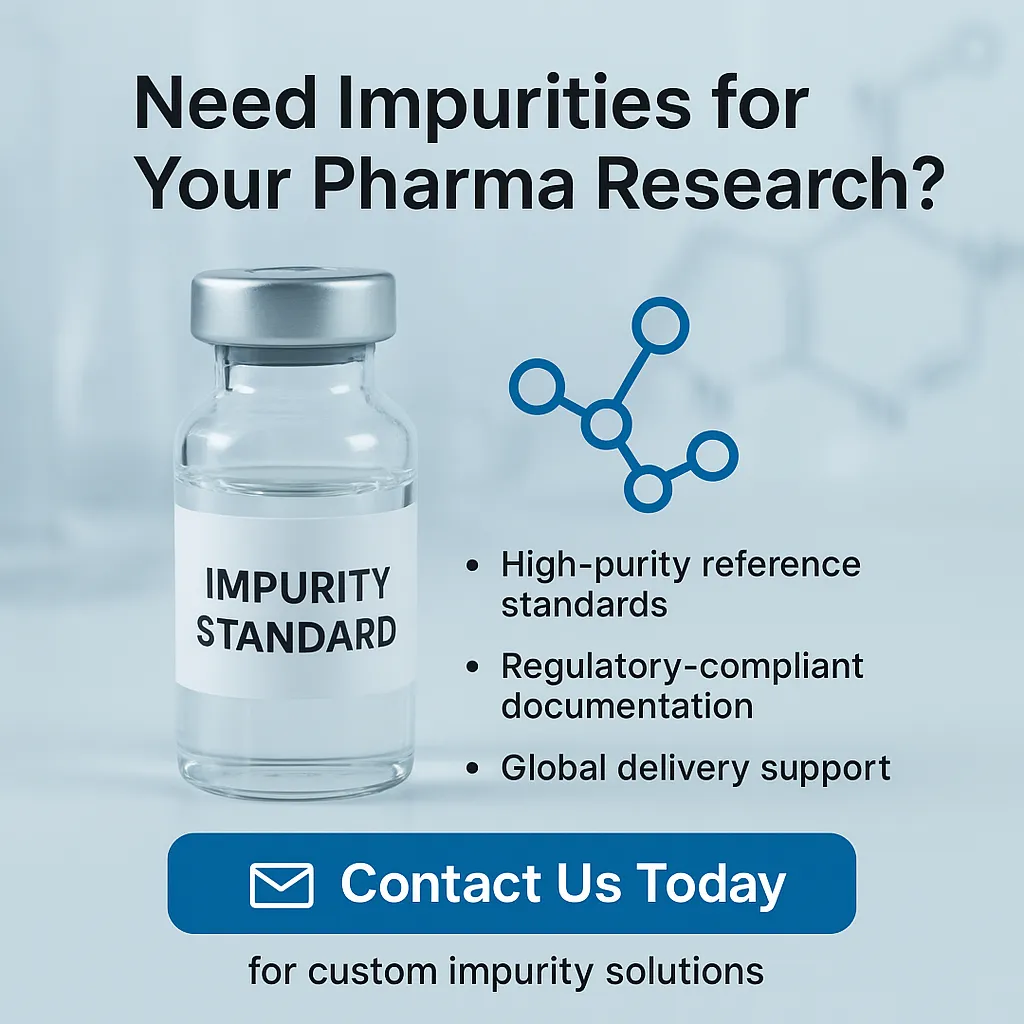Small Molecule Nitrosamines: Sources, Risks, and Prevention Strategies
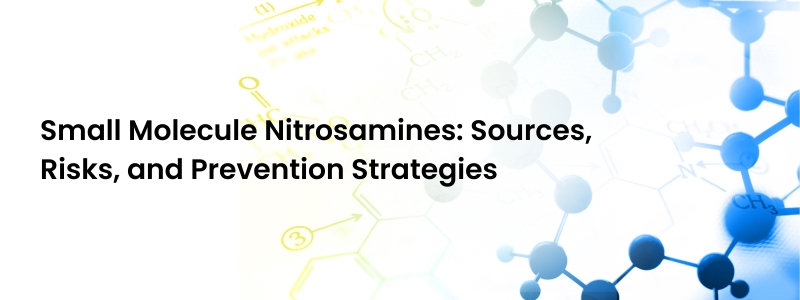
Small-molecule nitrosamines are chemical compounds that have raised serious health concerns due to their potential carcinogenic properties. These compounds can form through a reaction between nitrites and secondary amines, making their presence a significant regulatory challenge. Understanding their sources, risks, and preventive measures is essential for industries focused on public health and safety.
Understanding Small Molecule Nitrosamine
Nitrosamines are formed through chemical reactions involving nitrites and secondary amines. Their structures and toxicity levels can vary, with many being classified as probable human carcinogens by regulatory agencies. Factors like temperature, pH, and exposure to specific chemicals influence their formation. As a result, industries like food processing, pharmaceuticals, and tobacco must employ rigorous impurity testing to ensure safety compliance.
Common Sources of Nitrosamines
These compounds are present in various consumer products and industrial processes. The key sources include:
- Processed meats and fish – Nitrites used in preservation can react with proteins, forming nitrosamines during cooking.
- Tobacco smoke – Inhalation exposes individuals to carcinogenic nitrosamines, increasing health risks.
- Pharmaceuticals – Recent recalls due to nitrosamine contamination emphasize the need for stringent impurity controls.
- Industrial manufacturing processes – Some production methods inadvertently contribute to nitrosamine formation.
The widespread presence of nitrosamines makes advanced impurity detection and regulatory adherence essential for public safety.
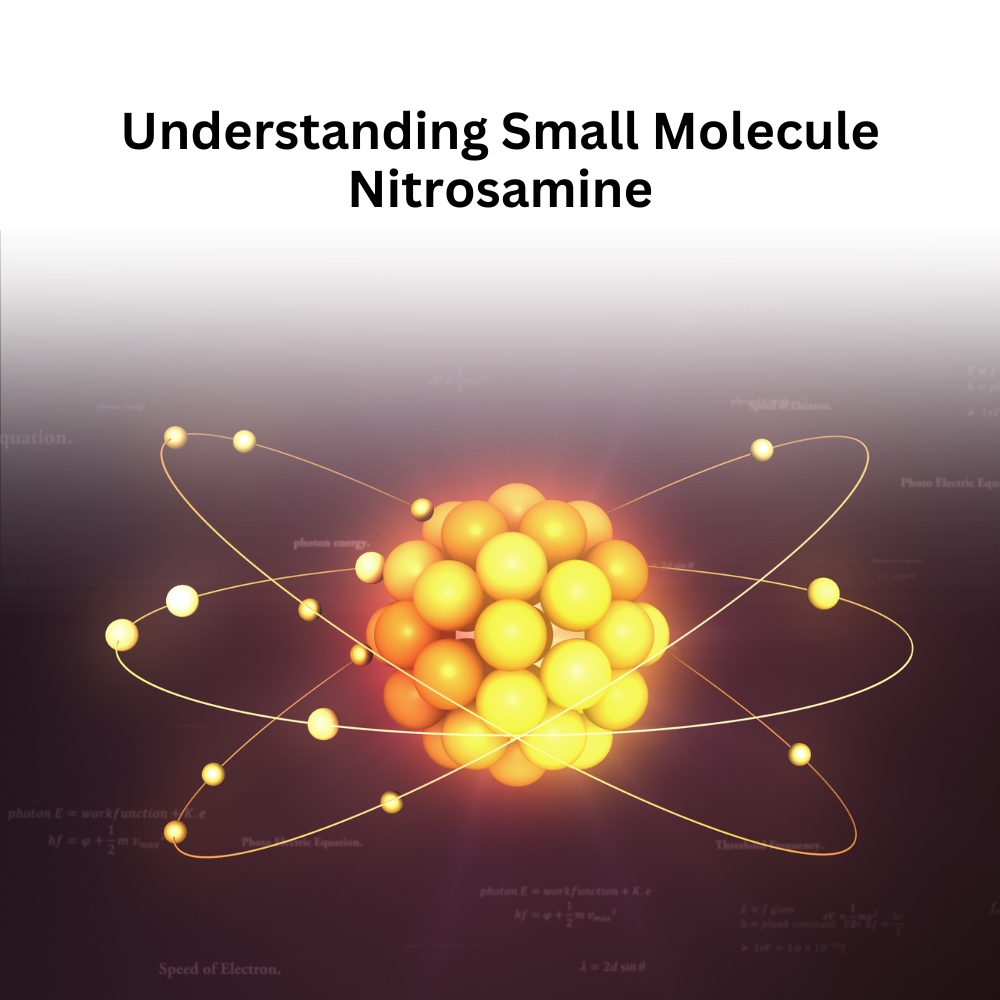
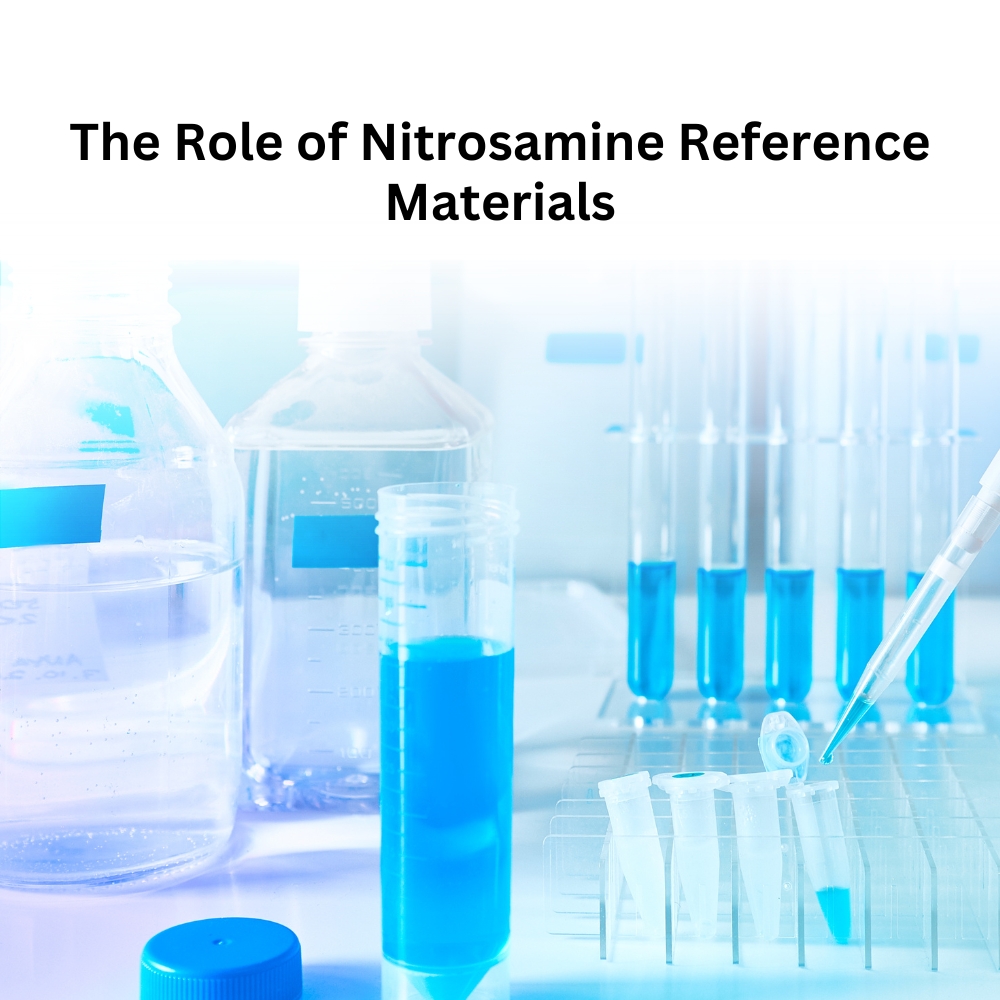
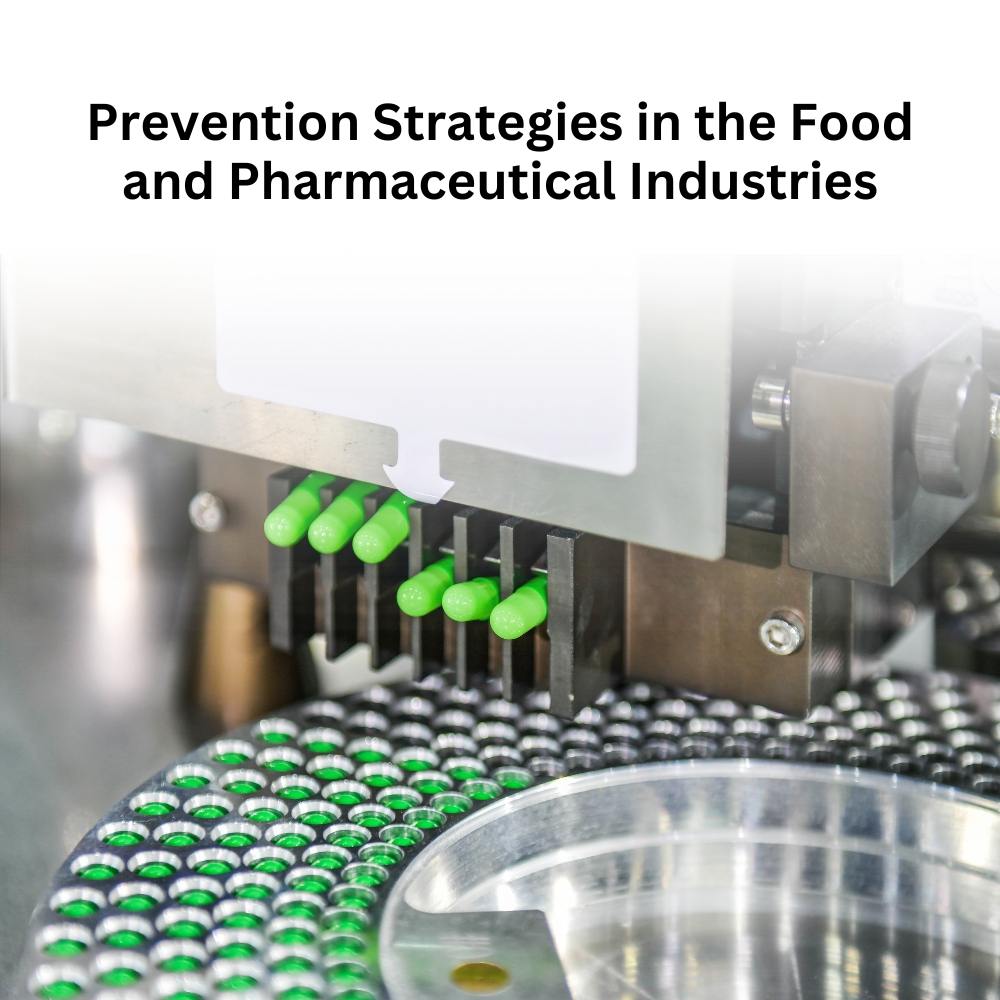
The Role of Nitrosamine Reference Materials
Accurate impurity detection requires high-quality reference materials. These play a critical role in:
- Establishing benchmarks for precise measurement and compliance.
- Enhancing the reliability of impurity profiling for regulatory adherence .
- Supporting ongoing research to reliability of impurity profiling .
Certified reference materials ensure consistency in impurity analysis, aiding industries in meeting evolving safety standards.
Health Risks of Nitrosamines
Chronic exposure to nitrosamines poses serious health risks. Key concerns include:
- Carcinogenicity – Linked to cancers, particularly in the digestive system.
- Regulatory focus – Stringent global guidelines aim to minimize human exposure.
- Ongoing research – Scientists continue investigating formation mechanisms and toxicity effects.
Minimizing exposure to these compounds remains a public health priority,reinforcing the need for industry-wide compliance with safety standards.
Regulatory Guidelines for Nitrosamines
Global regulatory agencies have set strict nitrosamine limits to ensure consumer safety. Key measures include:
- Defined impurity limits – To maintain product safety across industries.
- Mandatory testing and reporting – Ensuring validated detection techniques.
- Continuous monitoring – Required for pharmaceuticals, food, and consumer goods.
Adhering to these strict regulatory guidelines ensures safe products and maintains consumer trust.
Prevention Strategies in the Food and Pharmaceutical Industries
Mitigating nitrosamine formation requires proactive prevention strategies tailored to each industry. Key measures include:
- Reducing nitrate and amine exposure – Limiting key precursors in formulations.
- Using antioxidants – Ascorbic acid can inhibit nitrosamine formation.
- Conducting thorough risk assessments – Identifying high-risk production points.
- Adjusting pH and temperature – Controlling reaction conditions.
- Implementing Good Manufacturing Practices (GMP) – Ensuring stringent quality control.
By adopting these measures, industries can significantly reduce nitrosamine risks and align with evolving safety standards.
Advanced Detection Methods for Nitrosamines
Accurate detection is critical for regulatory compliance and public safety. Advanced analytical techniques include:
- Liquid Chromatography-Mass Spectrometry (LC-MS) – Highly sensitive for pharmaceutical testing.
- Gas Chromatography-Mass Spectrometry (GC-MS) – Effective for food and environmental analysis.
- Spectroscopic Techniques – Provide detailed structural insights into nitrosamine compounds.
Continuous advancements in impurity analysis improve the sensitivity and accuracy of these methods, reinforcing safety protocols.
Consumer Awareness and Lifestyle Adjustments
Public education on nitrosamine exposure can help consumers make informed choices. Recommended lifestyle adjustments include:
- Avoiding tobacco products – Reducing direct inhalation of nitrosamines.
- Choosing fresh over processed foods – Minimizing dietary exposure.
- Using safe cooking methods – Avoiding high-temperature processing that increases nitrosamine formation.
Transparent product labelling and consumer awareness initiatives further contribute to safety efforts.
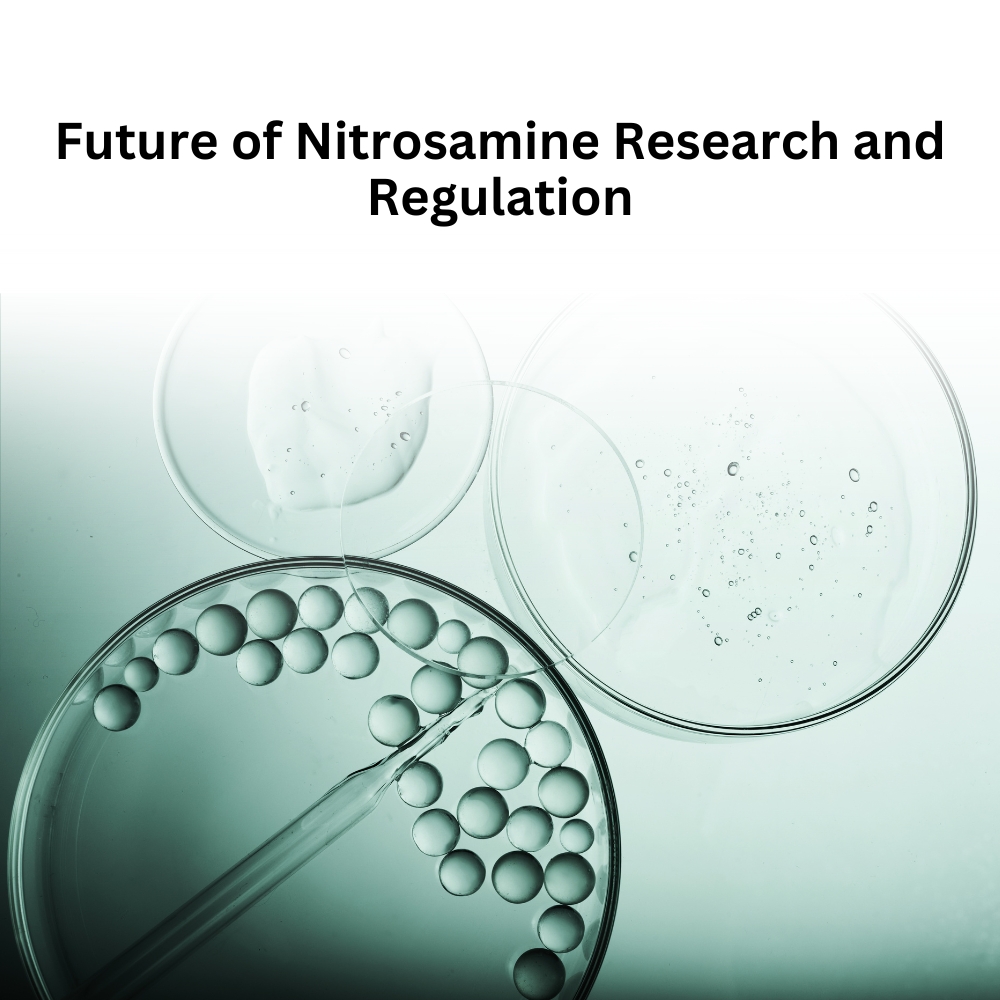
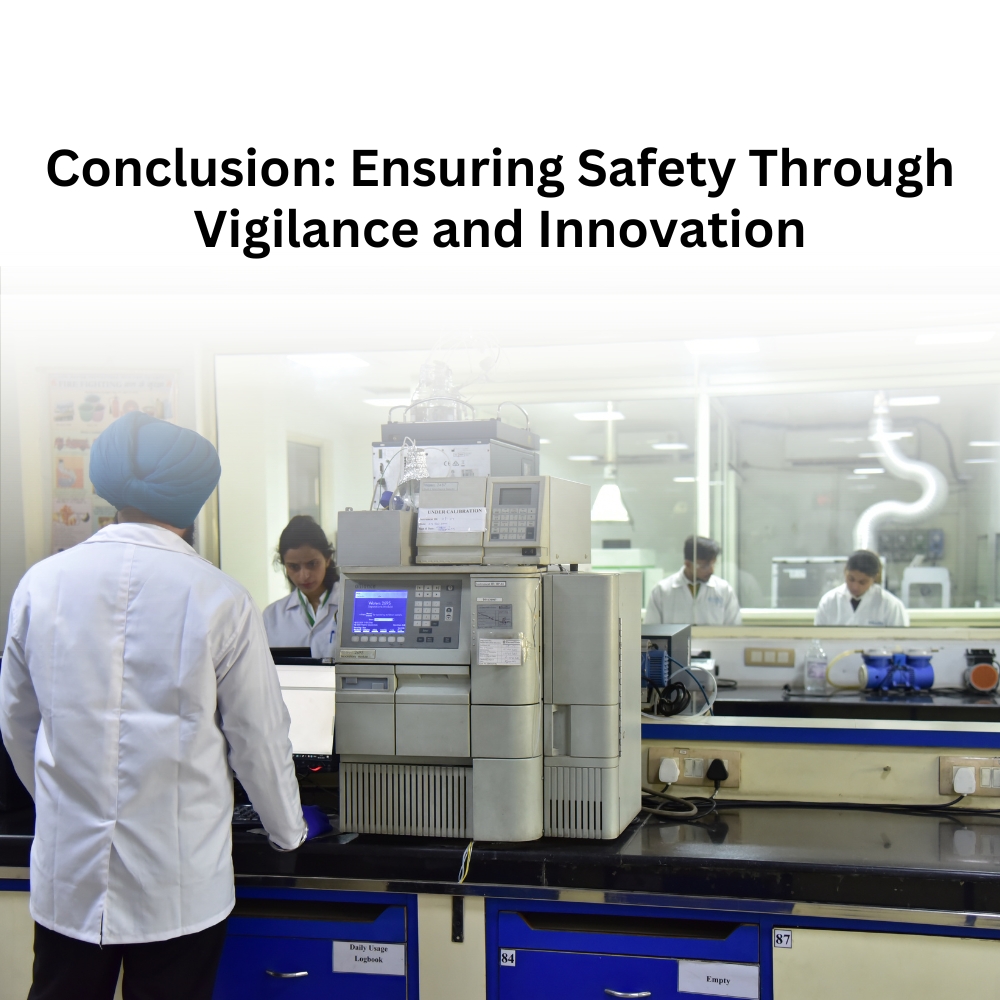
Future of Nitrosamine Research and Regulation
Scientific advancements and evolving regulations continue to shape nitrosamine management. Key trends include:
- Enhanced detection techniques – Improving accuracy in impurity testing.
- Refined regulatory frameworks – Adapting to new research findings.
- Collaborative efforts – Strengthening industry partnerships for better impurity control.
Ongoing research and proactive regulatory measures will be essential in minimizing nitrosamine-related risks.
Conclusion: Ensuring Safety Through Vigilance and Innovation
The detection and prevention of nitrosamines require continuous vigilance, strict regulatory adherence, and advanced analytical testing. To ensure product safety and compliance, manufacturers and suppliers in India and worldwide must stay ahead of evolving global standards.
With stringent pharmaceutical and food safety regulations in India, the Germany, Europe, and other key markets, industries must implement advanced impurity profiling and high-purity reference materials to meet compliance requirements. Partnering with trusted nitrosamine testing service providers and regulatory experts in India and globally is essential for accurate impurity detection and effective risk management.
For industry-leading nitrosamine impurity testing solutions and high-purity reference materials, consult leading manufacturer and analytical service providers in India and worldwide to ensure compliance with the latest regulatory frameworks.





